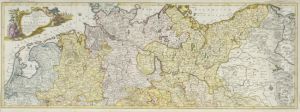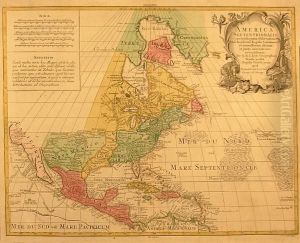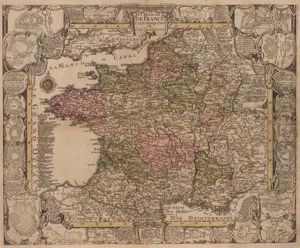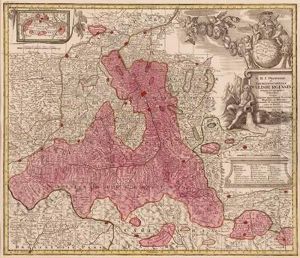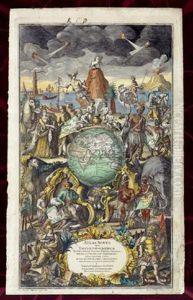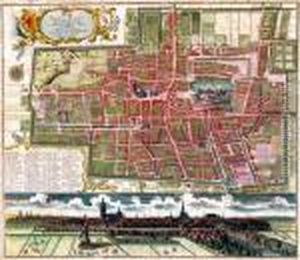Tobias Konrad Lotter Paintings
Tobias Konrad Lotter was a notable figure in the 18th century, primarily recognized for his contributions as a mapmaker, engraver, and publisher. Born in 1717 in Augsburg, Germany, Lotter came from a lineage deeply entrenched in the world of cartography and printmaking. His involvement in the arts began under the tutelage of his father-in-law, Matthäus Seutter, who was one of the most prominent map publishers of the time. This apprenticeship was crucial, as it not only provided Lotter with a comprehensive understanding of cartography but also introduced him to the intricate art of engraving and the complex processes involved in publishing.
During his career, Lotter made significant contributions to the field of cartography. He took over Seutter's business in the mid-18th century, eventually establishing himself as a respected figure in his own right. Under his leadership, the firm continued to produce a wide array of maps, atlases, and geographical texts, which were renowned for their accuracy, detail, and artistic quality. Lotter's work covered various geographical areas, providing valuable insights into the contemporary understanding of world geography.
Lotter's maps are distinguished by their elaborate decorative elements, including ornate cartouches and detailed illustrations that went beyond mere geographical information to include elements of the regions' culture, economy, and flora and fauna. His ability to blend scientific accuracy with artistic embellishment helped to make his maps not only useful navigational tools but also works of art.
Despite the prominence of digital mapping technologies today, Lotter's contributions to cartography continue to be appreciated by collectors, historians, and art enthusiasts. His maps serve as historical documents that offer insights into 18th-century geopolitics, exploration, and trade. Tobias Konrad Lotter passed away in 1777, leaving behind a legacy that continues to be celebrated for its impact on the development of modern cartography and its intersection with the arts.
